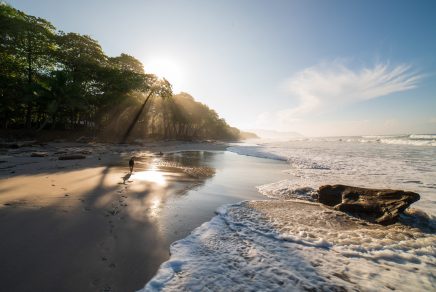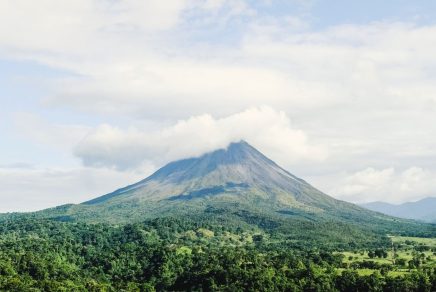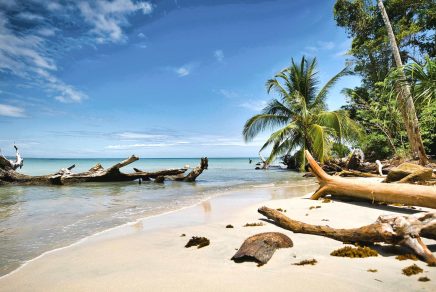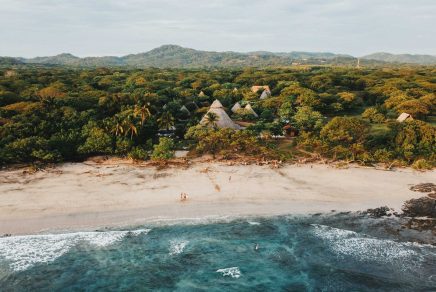You don’t need to visit a zoo to encounter wildlife in Costa Rica up close! In 2014, this Central American country banned the captivity of animals, allowing its incredible diversity of species to thrive freely across its lush landscapes. From the tropical rainforests of the Pacific coast to the dense jungles along the Caribbean, Costa Rica is a paradise for wildlife enthusiasts. Here, you’ll have endless chances to observe small animals, reptiles, and countless birds in their natural habitats. As one of the most biodiverse countries in the world, Costa Rica invites visitors of all ages to experience the thrill of seeing animals in the wild, making every encounter a memorable part of the adventure.
Where is the most wildlife in Costa Rica and what are the best national parks, refuges and sanctuary to see animals?
Here are some spectacular places where you can meet different iconic species in their natural habitat. From howler monkeys with their piercing calls to the flapping wings of toucans, every sound and movement reveals a new encounter. Small mammals, often discreet, can also be spotted with the help of an experienced local guide. Consider taking part in a guided tour to make the Costa Rica animal-watching experience even more immersive. These guides, experts in behaviour and habitat, will help you spot these fascinating and elusive creatures.
- Corcovado National Park: Located on the Osa Peninsula, Corcovado National Park stands as one of Costa Rica’s most remote and pristine areas. Its challenging access keeps visitor numbers low, offering a more intimate experience with nature. This reserve holds approximately 2.5% of the world’s biodiversity, with rare species like jaguars and tapirs.
- Tortuguero National Park: In Limon province, Tortuguero National Park, known as Costa Rica’s “Little Amazon,” showcases vast canals and wetlands. Accessible only by boat, this park is one of the best places to observe sea turtles, especially from July to October.
- Cahuita National Park: Also in Limon, Cahuita National Park is famous for its breathtaking coral reef and unique marine life. On land, you’ll encounter sloths, capuchin monkeys, and iguanas along its stunning white sand beaches.
- Manuel Antonio National Park: Ranked among the world’s most beautiful national parks, Manuel Antonio is a true gem on the Pacific coast, south of Quepos. The park combines pristine beaches with jungle trails, where you can spot monkeys, sloths, and a variety of colorful birds.
- Monteverde Cloud Forest Reserve: Nestled in the Tilarán Mountains, Monteverde Cloud Forest Reserve offers a biodiverse paradise filled with hundreds of native animal and plant species. This ecological haven is perfect for those hoping to see hummingbirds, colorful frogs, and the famed resplendent quetzal.
10 amazing creatures and species to see in Costa Rica
Costa Rica alone is home to 6% of the world’s biodiversity, with over 300,000 species recorded, mainly mammals, reptiles, insects and birds. Not bad for a country with a surface area of just 51,100 square kilometres!
This means that in just 1,000 km² in Costa Rica, you can find more species than in the same area of much larger countries like Brazil or Colombia.
This means there’s a huge amount of choice for nature lovers. From the Baird’s tapir to majestic humpback whales, green turtles and coatis, the country offers an incredibly diverse range of wildlife. Birds such as the resplendent quetzal and the keeled toucan are among the most beautiful in the world. Not to mention the fascinating colourful frogs and giant spiders, which add a touch of mystery to this exceptional natural environment. The 10 species below are just some of the possibilities you can encounter in this wildlife sanctuary.
Green Iguana
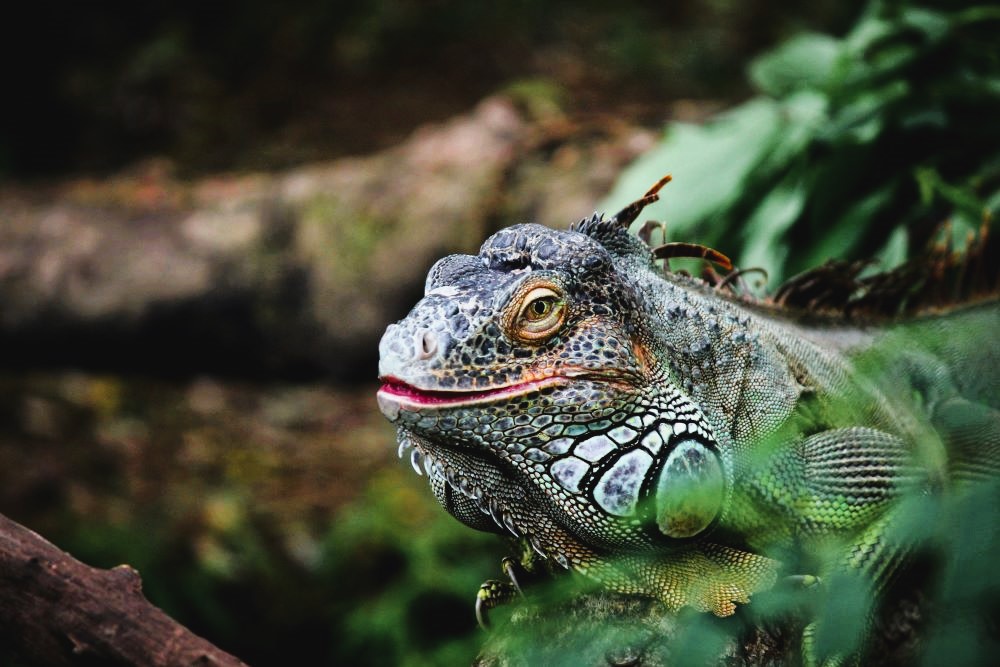
Green iguanas, often seen basking high up in Costa Rica’s tropical rainforests, are not always green—they can range from gray to a fiery orange. These gentle reptiles can grow up to 1.5 meters in length, blending into the trees as they lounge or munch on leaves. When exploring the lush landscapes, look up! You might just spot one of these peaceful giants hanging out in the treetops.
Howler Monkey
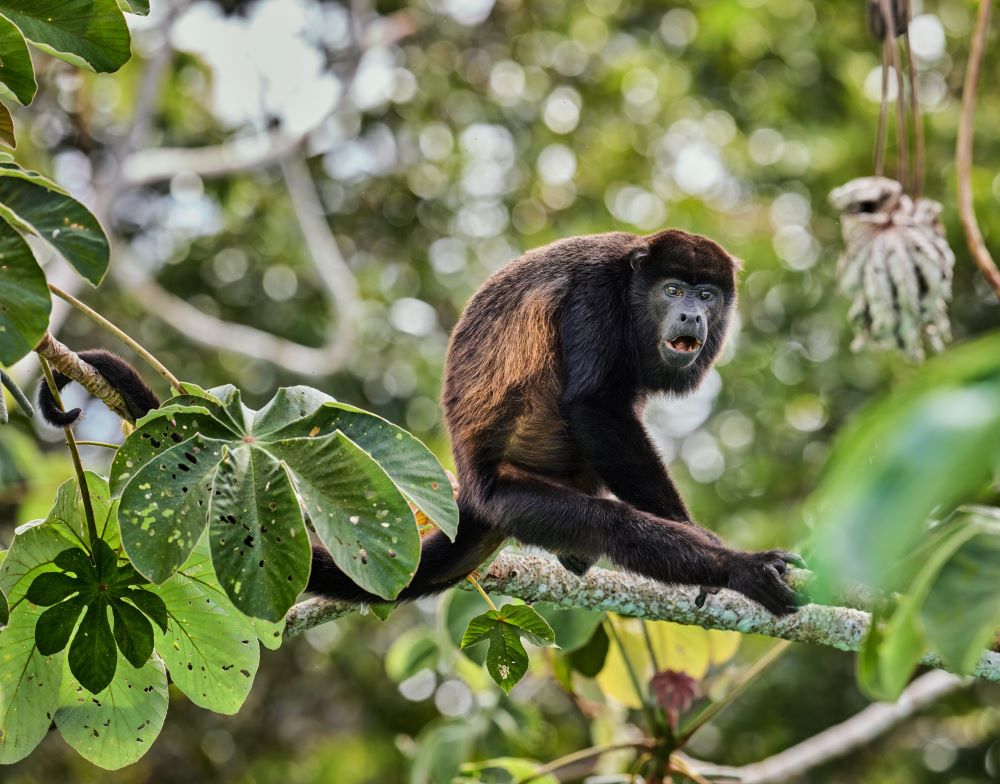
Costa Rica’s rainforests wouldn’t be the same without the iconic call of the howler monkey, a sound that echoes for miles through the dense canopies. Known as alouatta in scientific terms, these loud primates are easily heard before seen. With fur ranging from black to reddish-brown, they are the rainforest’s built-in “symphony,” an essential experience in places like the Osa Peninsula and other biodiverse regions along the Pacific coast.
Brown Pelican
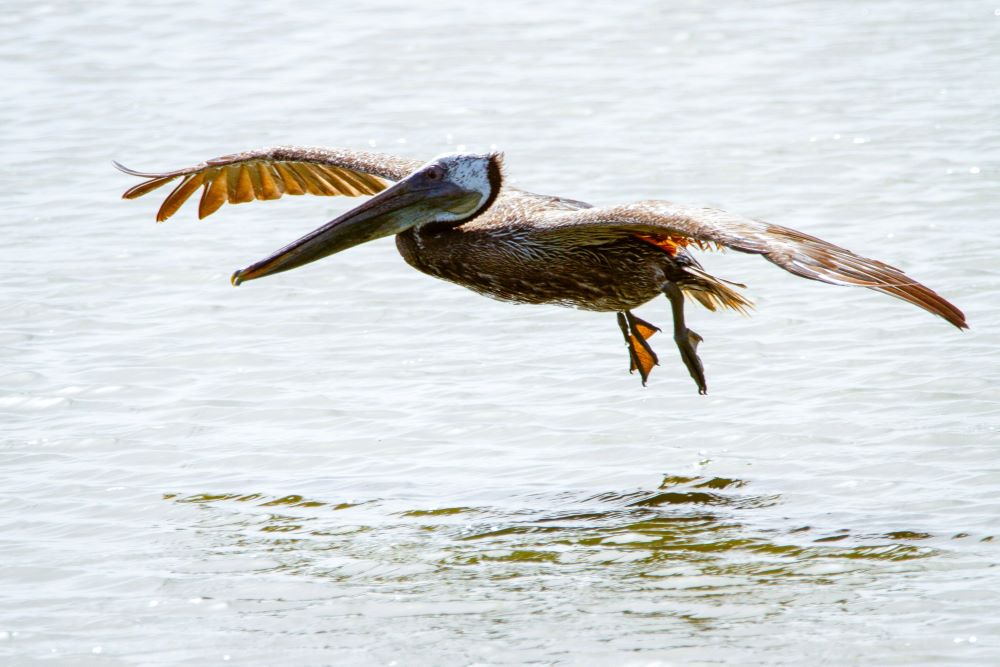
The brown pelican, a coastal heavyweight with a wingspan of up to 2.5 meters, is an acrobatic marvel of Costa Rica’s shores. Despite its size, this bird swoops and dives with grace, plunging into the water with precise skill to catch fish. Watch for it along the shoreline, especially in areas with plentiful small animals and marine life.
Capuchin Monkey
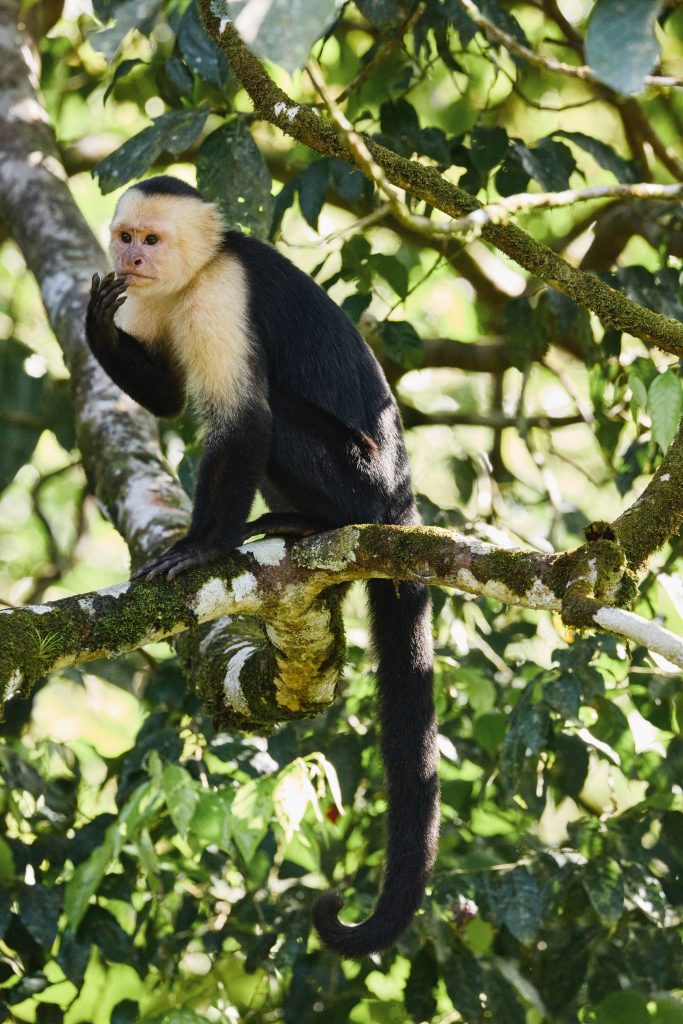
Known for its curious, playful antics, the capuchin monkey is one of Costa Rica’s most charming mammals. With a light face and black fur, this small monkey is a social creature, often seen in parks like Manuel Antonio, mingling with people and investigating belongings. Whether in the rainforest or near the coast, its high energy and intelligence make each encounter unforgettable.
American Crocodile
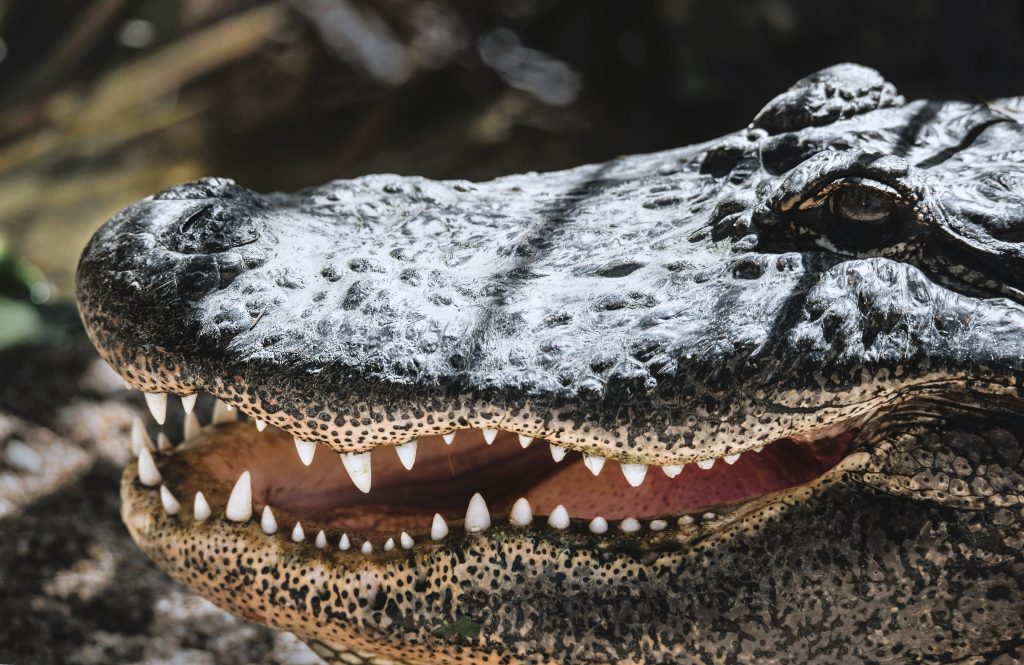
Costa Rica’s rivers and swamps are home to the impressive American crocodile, one of the largest reptiles in the world, reaching lengths up to 6 meters. Often spotted in waterways on the Pacific coast and the Osa Peninsula, these powerful creatures glide stealthily through the water. For safe viewing, guided boat tours offer an up-close yet respectful glimpse into the world of these prehistoric giants.
Red-Eyed Tree Frog
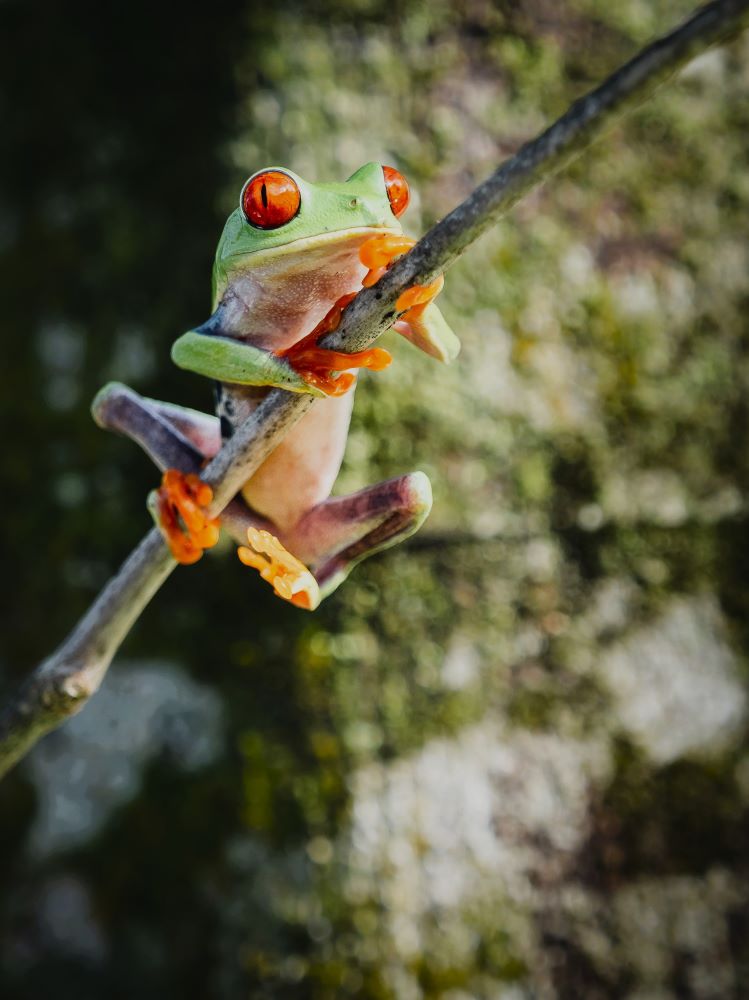
The red-eyed tree frog is a striking amphibian in Costa Rica’s rainforests, instantly recognizable by its vivid green body, bold red eyes, and flashes of blue and yellow on its sides. This vibrant species might seem easy to spot, but it’s actually a master of disguise, blending seamlessly with the lush foliage when it’s time to rest. Though harmless, keep an eye out—Costa Rica’s colorful frogs aren’t all as friendly. Some flaunt bright hues as a warning sign of toxicity, a survival trick in the jungle’s complex ecosystem.
Sloth
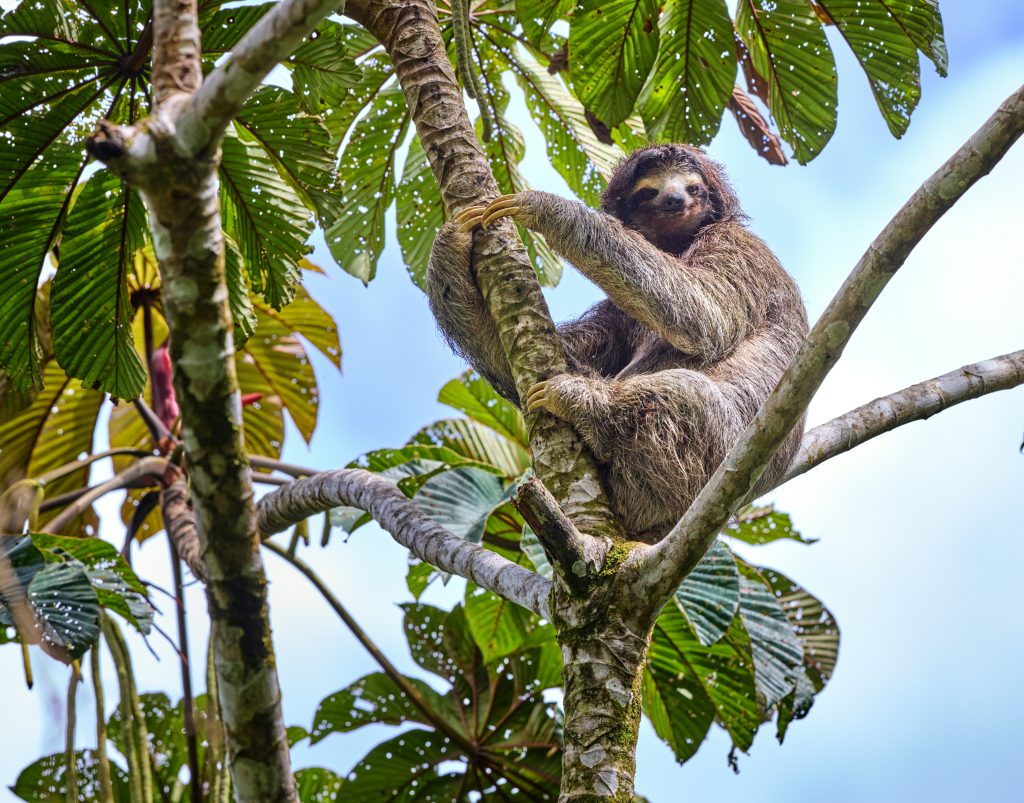
A symbol of serenity, the sloth spends its days hanging upside down and only comes down from the trees once a week to relieve itself. Costa Rica has two species: the two-toed and the three-toed sloth. Locals say that bad souls are sometimes reincarnated as sloths!
Great Green Macaw
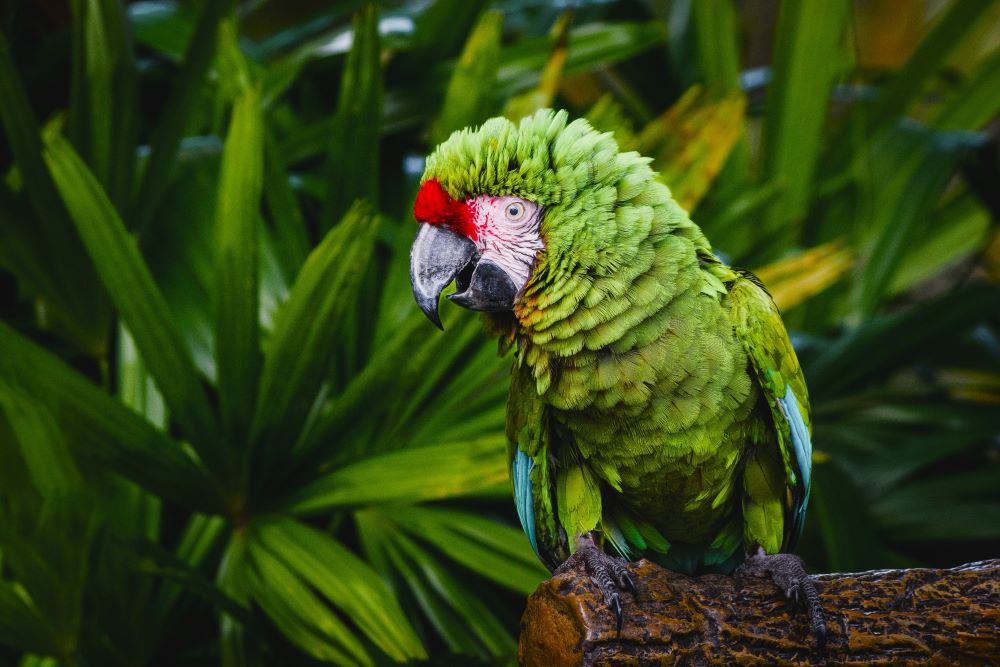
With radiant green feathers, striking red accents, and an impressive wingspan, the great green macaw commands attention in Costa Rica’s dense Caribbean forests. Known for its intelligence and longevity—often living over 60 years—this remarkable parrot has a call that echoes through the trees, a sound as unforgettable as its appearance. Spotting one of these rare birds is a highlight for any wildlife enthusiast, a glimpse into the beauty and resilience of Costa Rica’s rich biodiversity.
Toucan
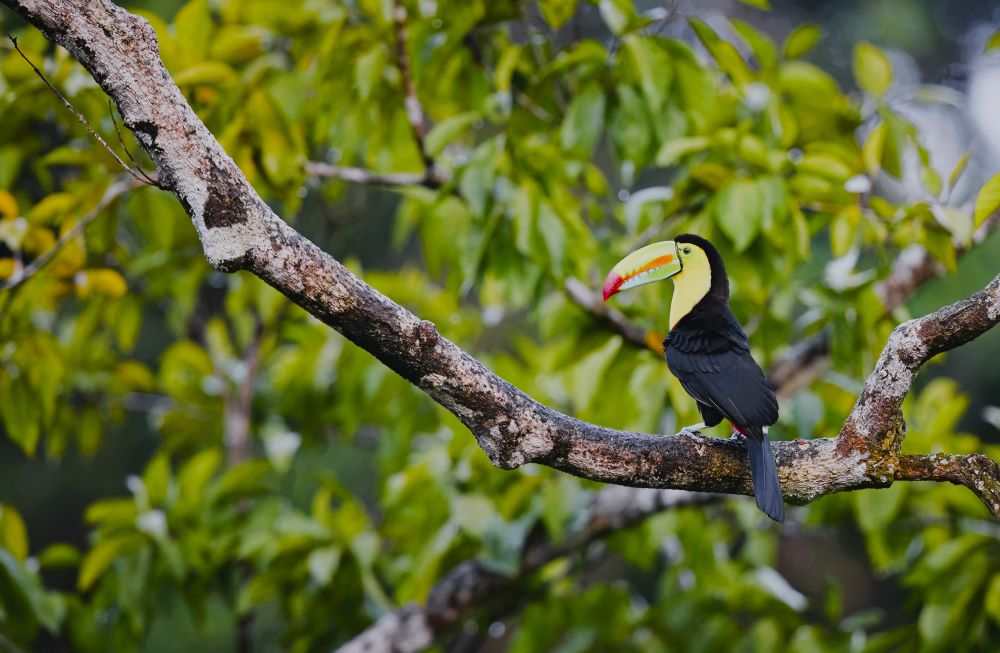
The toucan, with its oversized, vibrantly colored beak, is like a burst of tropical color against the deep greens of Central America’s rainforests. Often perched high in the trees, this iconic bird makes quick, lively appearances as it munches on fruit, briefly lighting up the jungle canopy. Its playful presence and unmistakable silhouette bring a touch of whimsy to the wild, making each sighting feel like a rare and joyful surprise.


